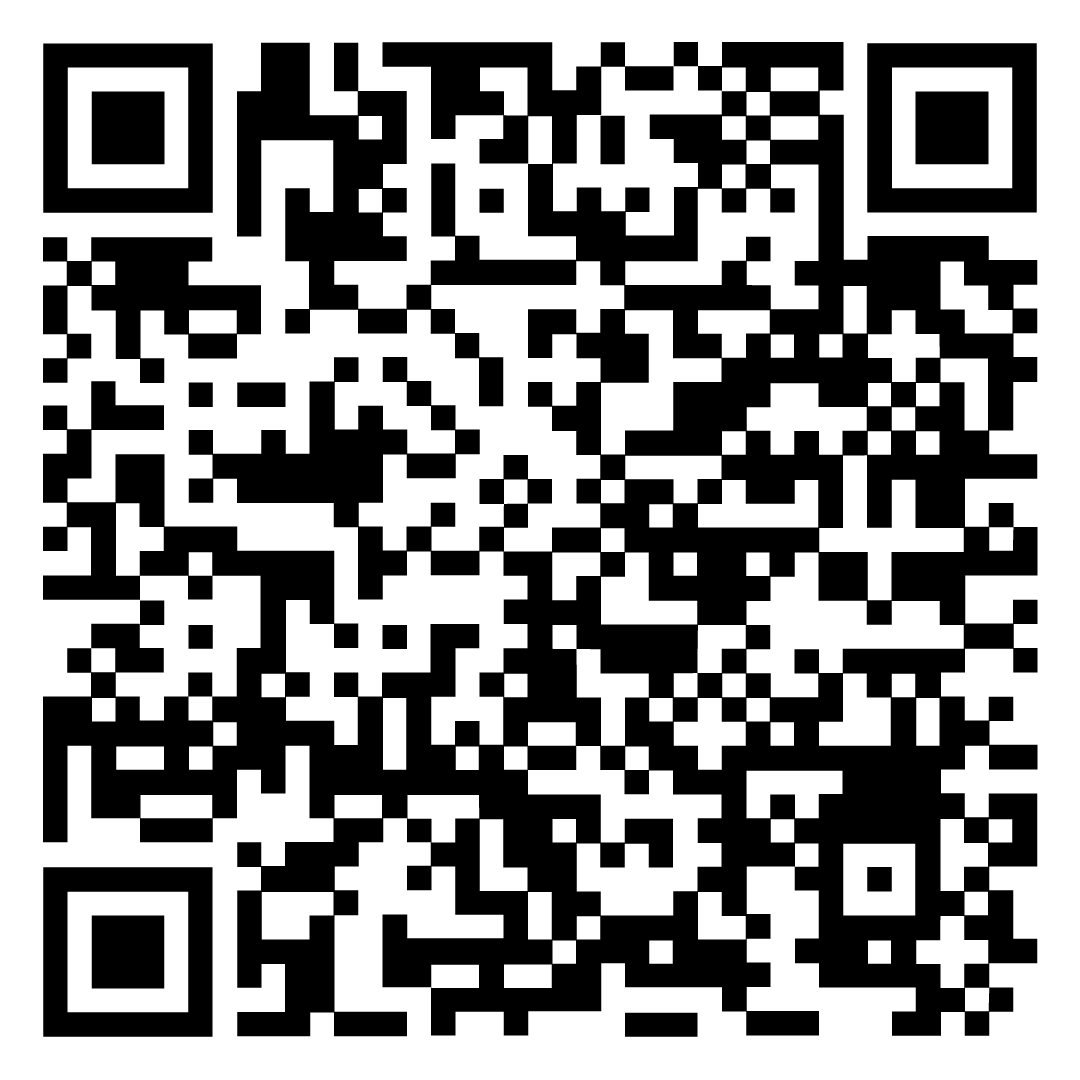The Perfect Pair for Offline-to-Online Marketing
You ever wonder what this thing is?

These amazing little barcodes store various types of information just like the produce in the grocery store that you scan at the register except it contains information about your digital content such as:; website URL’s, contact details, and even product information. The primary role in offline-to-online marketing is to provide a seamless transition from physical marketing materials such as brochures or informational fact sheets to digital content. QR Codes used in combination with landing pages offer two simple things that people are looking for when you connect with them in person:
- Convenience
QR Codes offer a quick and easy way for customers to access online information by scanning a QR code with their phone, they can instantly connect to specific web pages, app, video content and more.
- Engagement:
QR Codes can make traditional marketing materials like brochures, posters, and business cares interactive. They encourage consumers to take action, thereby increasing engagement.
Best Practices for Integrating QR Codes with Landing Pages
To make the most of QR codes in your marketing strategy, follow these best practices when integrating them with landing pages:
- Clear Call to Action (CTA): Ensure that your QR code has a clear and compelling CTA. For example, “Scan to Get 20% Off” or “Scan for Exclusive Content” can entice users to scan the code.
- Mobile Optimization: Make sure your landing page is mobile-friendly since users will access it via their smartphones. A responsive design is crucial to provide a seamless experience.
- Valuable Content: The content on your landing page should fulfill the promise made by the QR code. Whether it’s a special offer, product details, or exclusive content, it should be valuable to the user.
Tracking QR Codes Using Landing Pages
Tracking QR codes is essential to measure the success of your offline-to-online marketing efforts. If your QR code software doesn’t offer built-in tracking, consider these methods:
- URL Parameters: Create unique URLs for your landing pages and add tracking parameters to them. This allows you to monitor traffic sources and user behavior.
- Google Analytics: Integrate Google Analytics with your landing page. You can track user activity, conversion rates, and other essential metrics.
Examples of QR Code Usage
QR codes can be used creatively in various industries and for different purposes:
- Retail: QR codes on product packaging can provide instant access to reviews, user manuals, or promotions.
- Restaurants: QR codes on menus can link to online ordering or interactive menus with images and descriptions.
Pros and Cons of QR Codes
Pros:
- Increased engagement and interaction.
- Cost-effective marketing tool.
- Versatile use in various industries.
- Real-time tracking and analytics.
Cons:
- Requires a smartphone and a QR code scanner app.
- User experience depends on internet connectivity.
- Misuse or security concerns (e.g., malicious QR codes).
In the world of marketing, QR codes and landing pages are a dynamic duo, providing a bridge between the offline and online realms. By following best practices, tracking user engagement, and creatively implementing QR codes, you can unlock new opportunities for your marketing campaigns. Embrace this technology, and watch your offline efforts seamlessly transition into the digital world.






